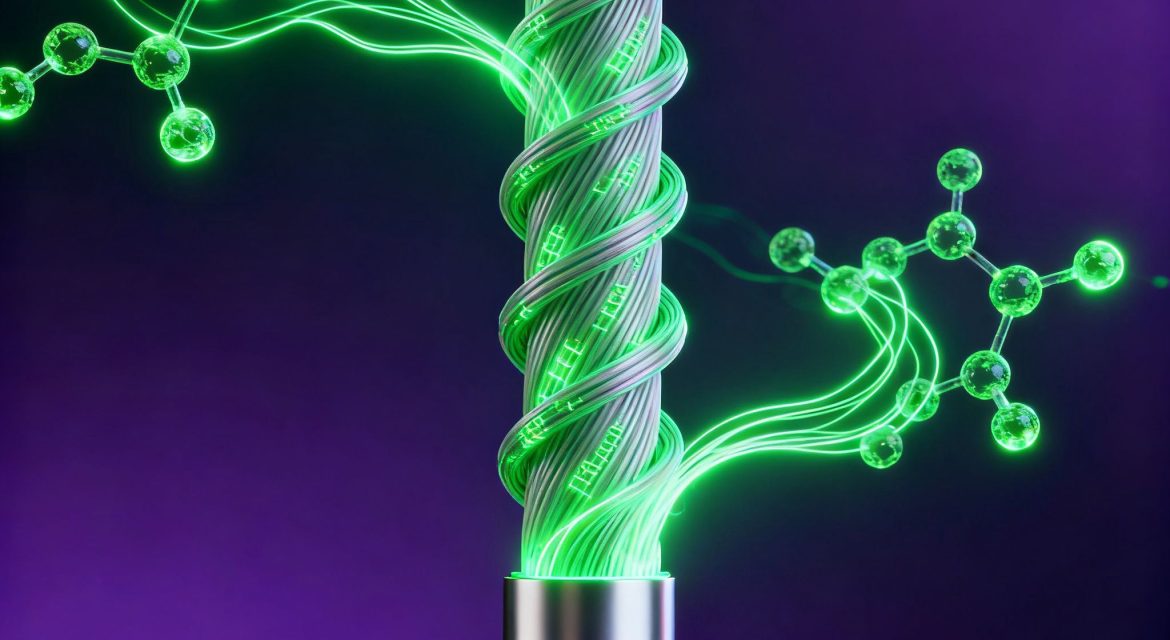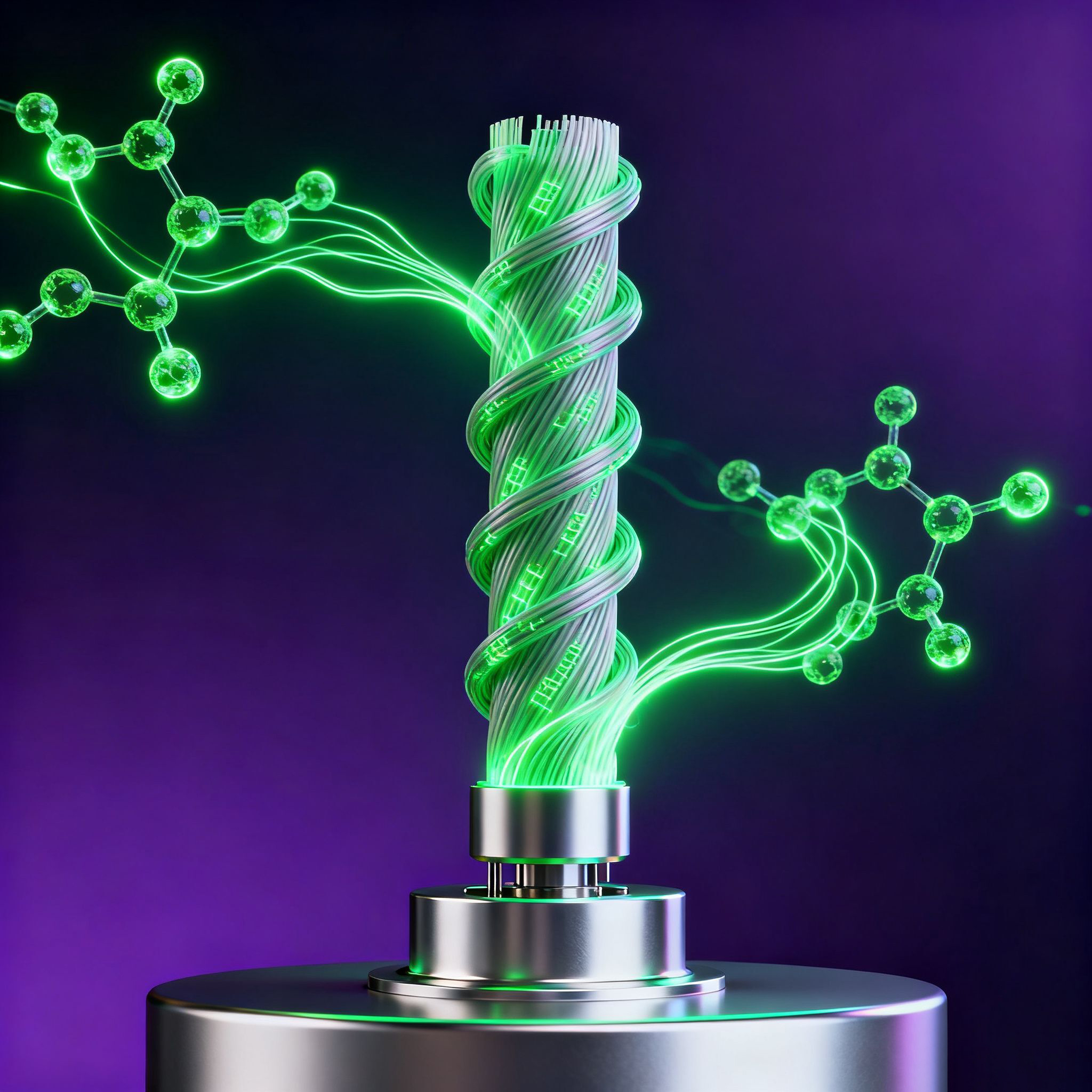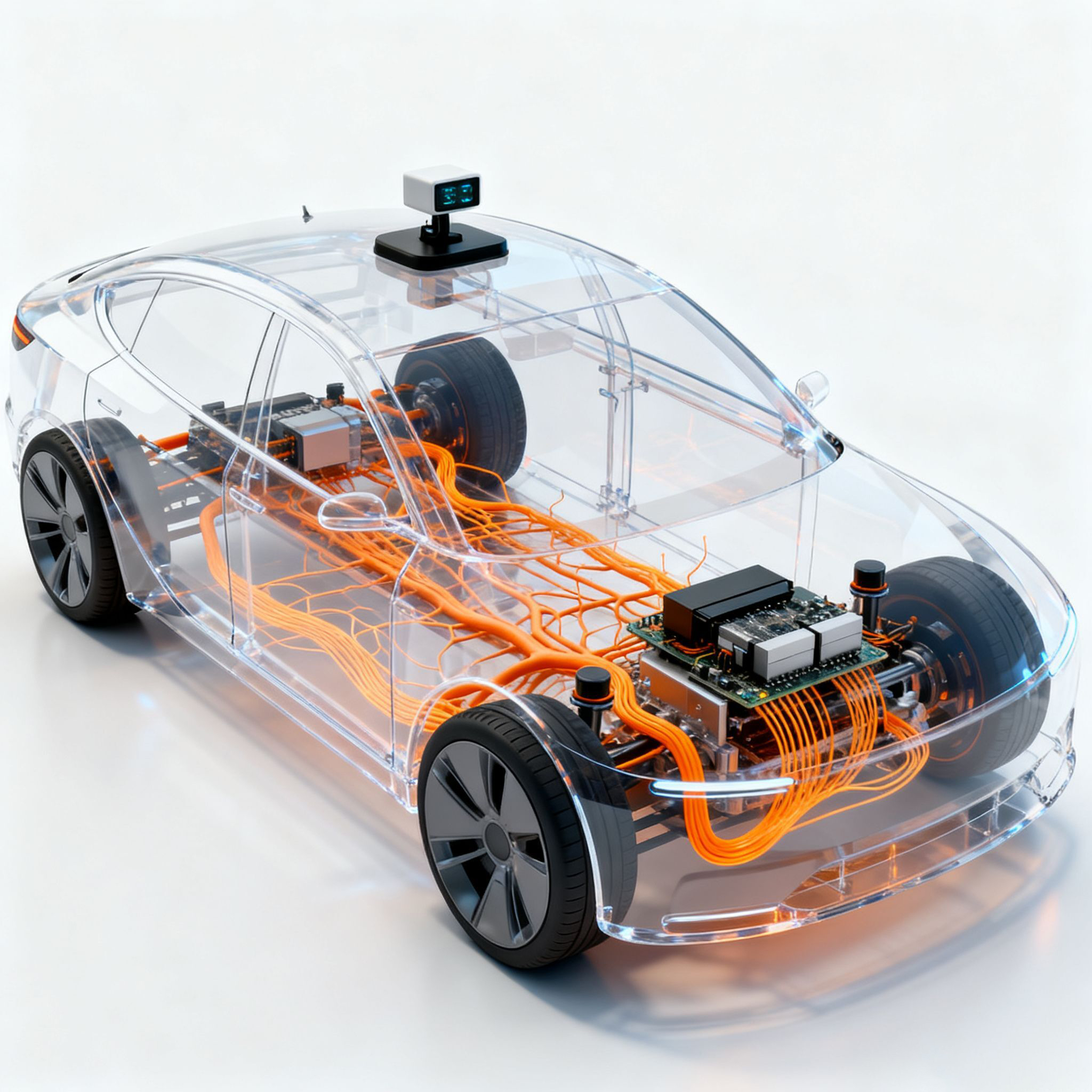Recently, in the tech circle, biosensing optical fiber technology has become increasingly popular. You may have heard of optical fibers, which are those tiny filaments that can transmit optical signals and make the Internet speed soar. But do you know? Doesn’t it sound a bit sci-fi that optical fibers can now not only transmit data but also “perceive” the biological world?

In fact, biosensing optical fiber technology is a cutting-edge technology that combines optical fibers with biological detection. In simple terms, it involves coating the surface of optical fibers with a layer of special biological materials, such as antibodies, enzymes or DNA probes. When these materials encounter specific biomolecules, such as viruses, proteins or bacteria, the optical signal of the optical fiber will change. By analyzing these changes, we can quickly detect the presence of the target substance and even know its concentration.
The most remarkable aspect of this technology lies in its sensitivity and speed. For instance, traditional detection methods might take several hours or even days to produce results, but with biosensing optical fiber technology, it could be accomplished in just a few minutes. Moreover, it is particularly accurate and can detect extremely trace amounts of substances, which is especially useful in medical diagnosis, environmental monitoring, and even food safety fields. For instance, doctors can use it to quickly test a patient’s blood sample to determine if they have been infected with a certain virus. The environmental protection department can use it to monitor pollutants in water sources. Food factories can also use it to check if there are any harmful bacteria in their products.
However, this technology is not without flaws. At present, it is still in the development stage, with relatively high costs. Moreover, some complex samples may interfere with the test results. But scientists are striving to improve, such as developing more stable biological coatings or combining artificial intelligence to enhance the accuracy of data analysis.
Overall, biosensing optical fiber technology is like equipping optical fibers with a pair of “biological eyes”, enabling them not only to transmit information but also to “see” the changes in the microscopic world. Although it still faces some challenges now, its potential for the future is huge. Perhaps in a few years, we will be able to use portable detection devices based on this technology at home to monitor our health conditions at any time. Isn’t the charm of technology in turning the impossible into the possible?





